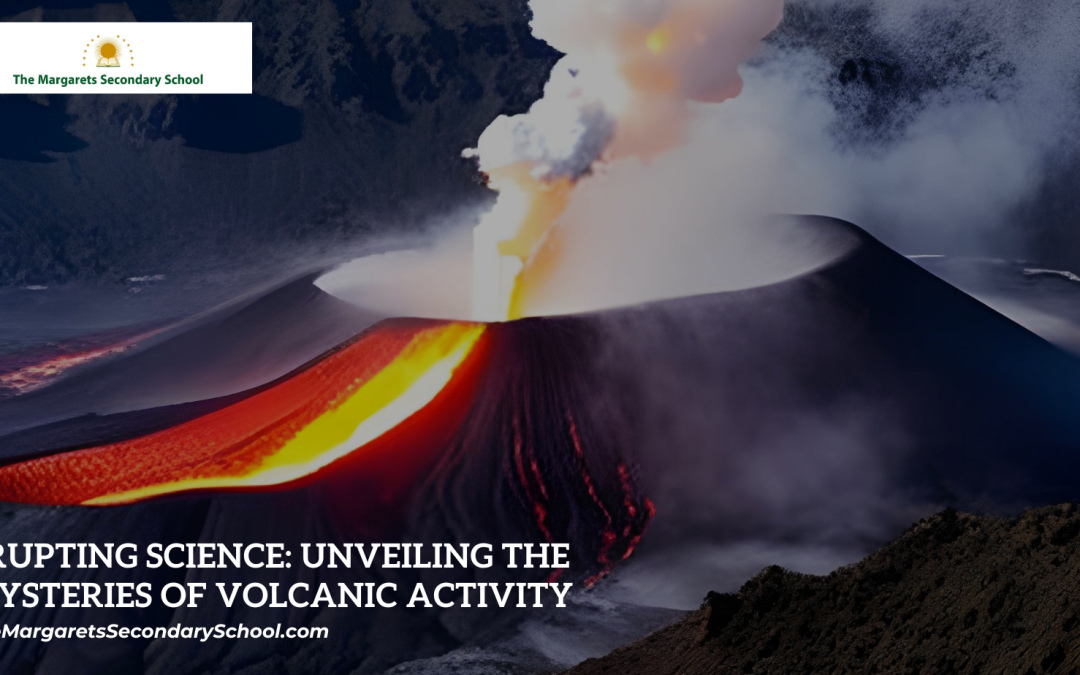Volcano Eruption
Volcanoes have long captured human imagination with their fiery displays of power and their ability to shape the Earth’s surface. Have you ever wondered what causes a volcano to erupt? In this thrilling science project, we’re diving into the world of geology and recreating volcanic eruptions to uncover the science behind these awe-inspiring events.
The Fiery Spectacle
Imagine a mountain, seemingly peaceful, suddenly erupting with a cascade of molten rock, ash, and smoke. Volcanic eruptions are among the most dramatic natural occurrences on our planet, and understanding the processes that drive them is a fascinating endeavor.
Building Your Own Volcano
Creating your own erupting volcano model is an exciting and educational way to explore the mechanisms behind volcanic activity. Here’s what you’ll need:
Materials:
- Modeling clay or playdough
- Empty plastic bottle
- Baking soda
- Vinegar
- Dish soap
- Red and yellow food coloring (optional)
- Cardboard or a tray (for the base)
- Safety goggles (for added precaution)
Instructions
- Form the Volcano: Mold the modeling clay or playdough around the empty plastic bottle, creating the shape of a volcano with a central opening at the top.
- Mix the “Lava”: In a separate container, combine baking soda, a few drops of dish soap, and a few drops of red and yellow food coloring (if using). Mix these ingredients together to create your “lava.”
- Eruption Time: Place your volcano on a cardboard base. Fill the plastic bottle inside the volcano with the baking soda mixture.
- Add the Vinegar: When you’re ready for the eruption, pour vinegar into the plastic bottle. Watch as the vinegar reacts with the baking soda mixture to create a foamy eruption that simulates lava spewing from a volcano.
The Science Behind It
Volcanic eruptions are caused by the release of pressure from molten rock and gases trapped within the Earth’s crust. When the pressure becomes too great, the magma forces its way to the surface, leading to an eruption.
In our model, the baking soda and vinegar reaction mimics the release of gases (carbon dioxide) from magma. The dish soap and food coloring add visual effects to make the eruption even more captivating.
Exploring Further
After creating your initial eruption, you can experiment with different variables. For example, try using different amounts of baking soda, vinegar, or dish soap to observe how they affect the eruption’s intensity and duration.
Conclusion
Creating an erupting volcano model allows you to become a scientist and witness the forces that shape our planet. As you watch the “lava” flow from your volcano, you’re gaining insight into the powerful geological processes that give rise to real volcanic eruptions. So, the next time you see images of a volcanic eruption in the news, you’ll have a deeper understanding of the extraordinary forces at play beneath the Earth’s surface.





